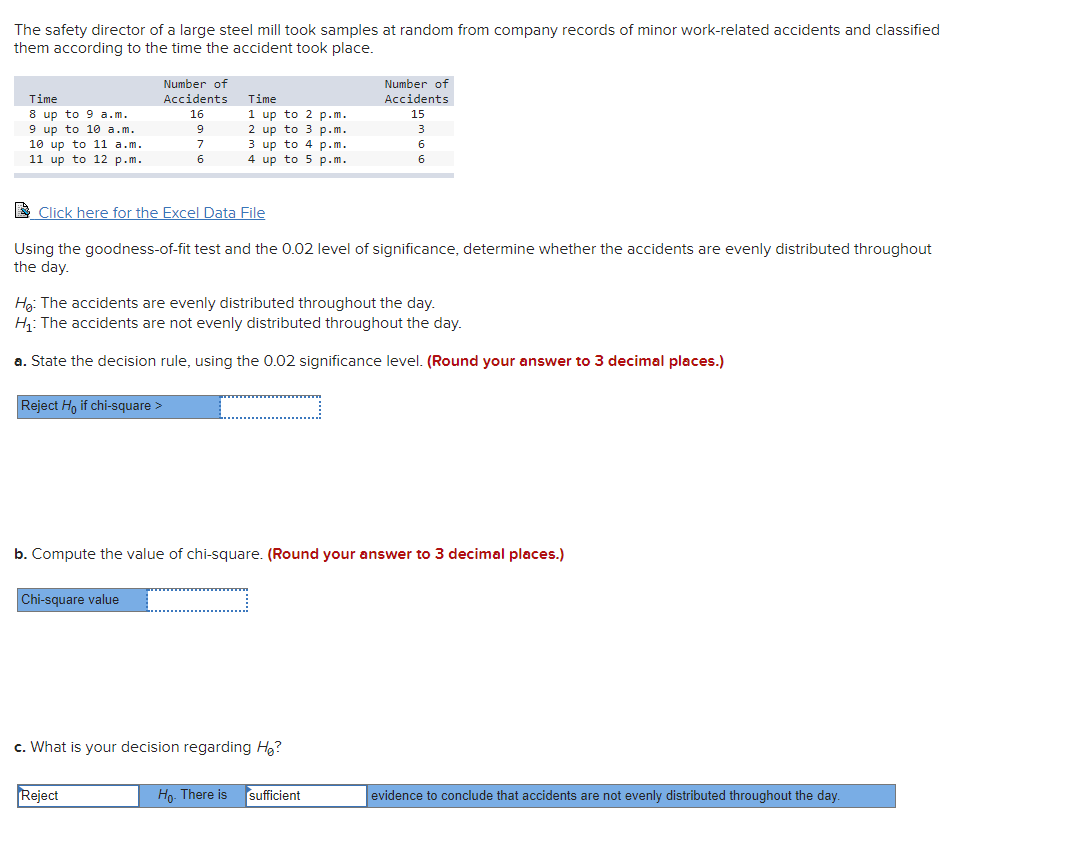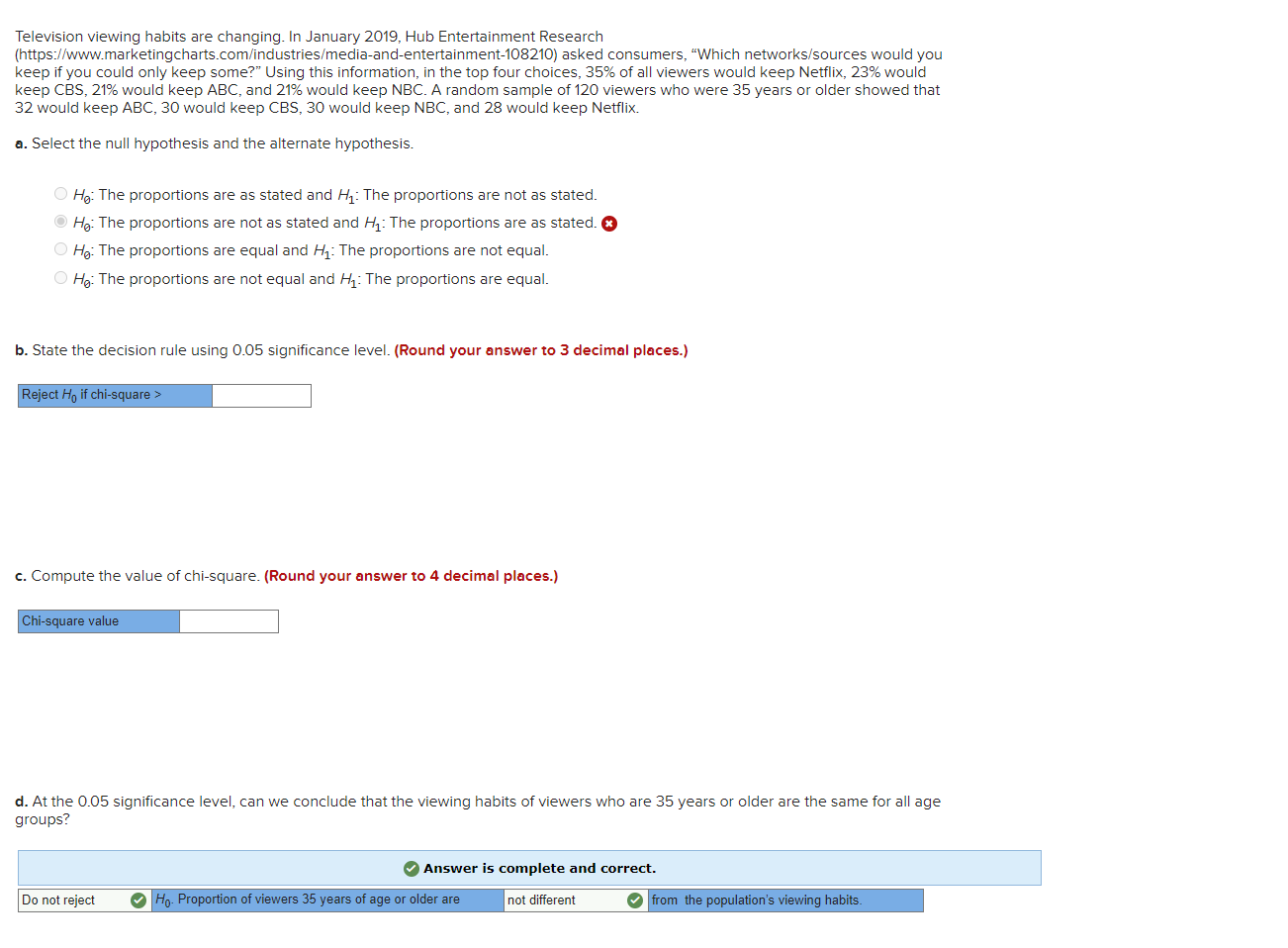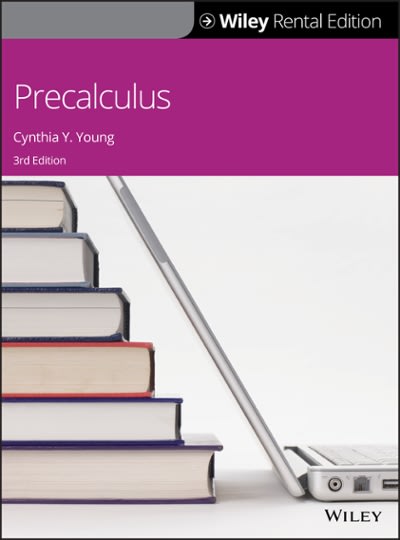Answered step by step
Verified Expert Solution
Question
1 Approved Answer
These are statistical analysis questions. To find the answer you must a) What are the Null and Alternate Hypotheses? b) What is the critical value?
These are statistical analysis questions. To find the answer you must
a) What are the Null and Alternate Hypotheses?
b) What is the critical value?
c) What is the Decision Rule?
d) What is the test statistic?
e) What is the decision?
f) What does the decision infer?
I need the answers to the questions that I have not completed or got correct. This is the full question I am not missing anything.


Step by Step Solution
There are 3 Steps involved in it
Step: 1

Get Instant Access to Expert-Tailored Solutions
See step-by-step solutions with expert insights and AI powered tools for academic success
Step: 2

Step: 3

Ace Your Homework with AI
Get the answers you need in no time with our AI-driven, step-by-step assistance
Get Started


